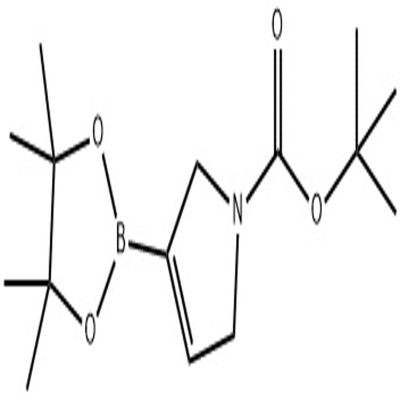-
Categories
-
Pharmaceutical Intermediates
-
Active Pharmaceutical Ingredients
-
Food Additives
- Industrial Coatings
- Agrochemicals
- Dyes and Pigments
- Surfactant
- Flavors and Fragrances
- Chemical Reagents
- Catalyst and Auxiliary
- Natural Products
- Inorganic Chemistry
-
Organic Chemistry
-
Biochemical Engineering
- Analytical Chemistry
-
Cosmetic Ingredient
- Water Treatment Chemical
-
Pharmaceutical Intermediates
Promotion
ECHEMI Mall
Wholesale
Weekly Price
Exhibition
News
-
Trade Service
1,4-Dichloropyridod[4,3-d]pyridazine is a synthetic chemical compound that is widely used in various industries, including the chemical, pharmaceutical, and agrochemical industries.
The compound is a colorless solid that is soluble in water and organic solvents.
It is a versatile intermediate that can be used in the synthesis of various chemicals, drugs, and other products.
The production process of 1,4-dichloropyridod[4,3-d]pyridazine involves several steps, including the synthesis of the starting materials, the reaction process, and the purification and isolation of the final product.
In this article, we will take a closer look at the production process of 1,4-dichloropyridod[4,3-d]pyridazine and the various technologies and methods used in each step.
Synthesis of Starting Materials
The production of 1,4-dichloropyridod[4,3-d]pyridazine typically starts with the synthesis of the starting materials, which are required for the production of the final product.
The starting materials used in the production of 1,4-dichloropyridod[4,3-d]pyridazine include chlorpyridine and pyrrolidine.
These materials can be synthesized using various methods, including the Halex process, the IP process, and the Merck process.
The Halex process involves the hydrolysis of para-nitrochlorbenzene in the presence of a strong acid catalyst such as sulfuric acid.
This process produces chlorpyridine as a byproduct, which can then be used in the production of 1,4-dichloropyridod[4,3-d]pyridazine.
The IP process involves the reaction of ammonia and chlorine to produce chlorpyridine.
This process is more energy-efficient and environmentally friendly than the Halex process, as it does not involve the use of a strong acid catalyst.
The chlorpyridine produced by this process can be used in the production of 1,4-dichloropyridod[4,3-d]pyridazine.
The Merck process involves the reaction of piperidine with chlorine to produce chlorpyridine.
This process is also more energy-efficient and environmentally friendly than the Halex process, as it does not involve the use of a strong acid catalyst.
The chlorpyridine produced by this process can be used in the production of 1,4-dichloropyridod[4,3-d]pyridazine.
Reaction Process
Once the starting materials have been synthesized, the next step in the production process of 1,4-dichloropyridod[4,3-d]pyridazine is the reaction process.
This involves the reaction of the chlorpyridine and pyrrolidine starting materials to produce the final product.
The reaction process typically involves the use of reactive chemicals such as sodium hydroxide, potassium hydroxide, and hydrogen peroxide.
These chemicals are used to catalyze the reaction and ensure that the reaction proceeds efficiently and effectively.
The reaction process typically takes place in a reaction tank or reactor, which is equipped with agitators and other equipment to ensure that the reaction mixture is well-mixed and homogeneous.
The reaction process involves several stages, including the mixing of the starting materials, the addition of the reactive chemicals, and the reaction itself.
The reaction process is carefully controlled to ensure that the reaction proceeds smoothly and efficiently, and to minimize the formation of byproducts and waste.
Purification and Isolation of Final Product
Once the reaction process is complete, the final product is purified and isolated from







